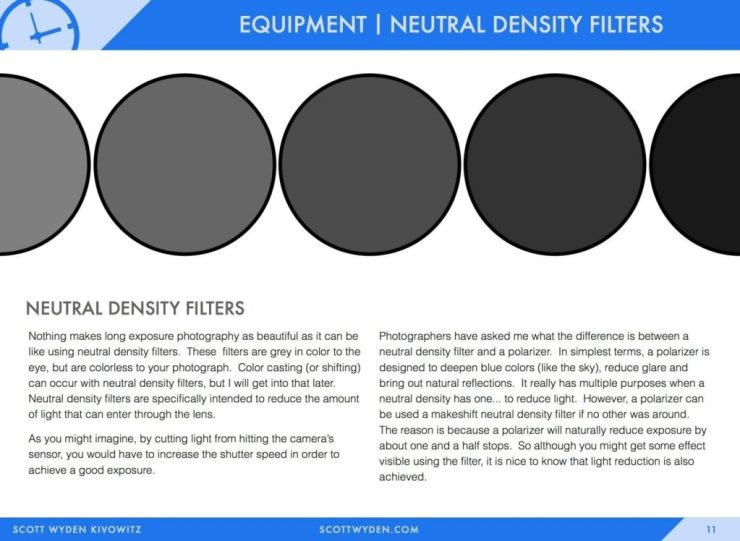Before we dive into if you should really use a Variable Neutral Density filter, you first need to understand what that type of filter is.
In addition to reducing the amount of light passing through the filter and in turn through the lens, the purpose of a variable neutral density filter is to change the brightness level of the object you are trying to photograph or record video footage of. What differentiates a VND (Variable Neutral Density) from an ND (Neutral Density) filter is the Circular Polarizer (CPL) style design.
What I mean by that is an ND is a solid gray filter, with one specific density or darkness in play, whereas a VND can be turned like a CPL filter to adjust the density or darkness.

The problem with VNDs
There are two notable issues with VNDs that are worth sharing with you.
- They aren’t normally neutral density filters. In fact, more often than not they are actually CPL glass back to back to create a VND style effect. With that said — there are higher quality VND filters on the market which offer minimal to no quality loss or color shifting.
- If you go beyond the “max” point on the filter a shadow X effect will show on the image. With that said — the higher quality VND filters place a stop in place to prevent going beyond the limits.
When a VND is useful
Variable Neutral Density filters can be extremely handy in certain circumstances.
One example of this is when you are out making photos and want to carry few accessories. If you wanted ND filters you’d like have to carry a bunch of them, swapping them out for different densities when needed. Whereas if you had a VND on your lens, then all you would need to do is twist the filter to change densities.
Another example is for videographers. When recording footage, you sometimes cannot stop to swap filters. So having the ability to quickly adjust on the fly is a huge advantage of VNDs over NDs.
My VND recommendations
So here is the thing.
As someone who loves making long exposure photographs with my Wine Country Camera system, I am a huge fan of the best of the best in the Neutral Density genre.
However, as mentioned above, the slot style ND system is not ideal for every situation.
So I do recommend, for anyone who thinks they might need a VND one day to own at least one filter. But please do not by a cheap VND filter. Instead, invest in a high quality one. My personal recommendations for VND filters would be:
- Moment
- PolarPro
With that said, there is a last piece of essential advice I can offer you.
If you plan on purchasing a VND, or a set of VNDs like I did — consider purchasing the largest you might need. In my case, 82mm was the largest filter size for my system. Then purchase a step-up ring set, like this one. That way you can use the 82mm filter on any lenses that use smaller filters.
If you have any questions about NDs or VNDs please comment to share.
Otherwise, I hope you will check out my full course on long exposure photography which includes a copy of my eBook.
Tell your story with the second annual Visual Storytelling Conference!
Experience four days of interactive, online training sessions featuring a range of educational content with experienced photographers and content creators. This free event kicks off with a series of technical boot camps to build essential skills, followed by live, online sessions on photography, video, business and social media. Join live from March 10-13, 2022!
